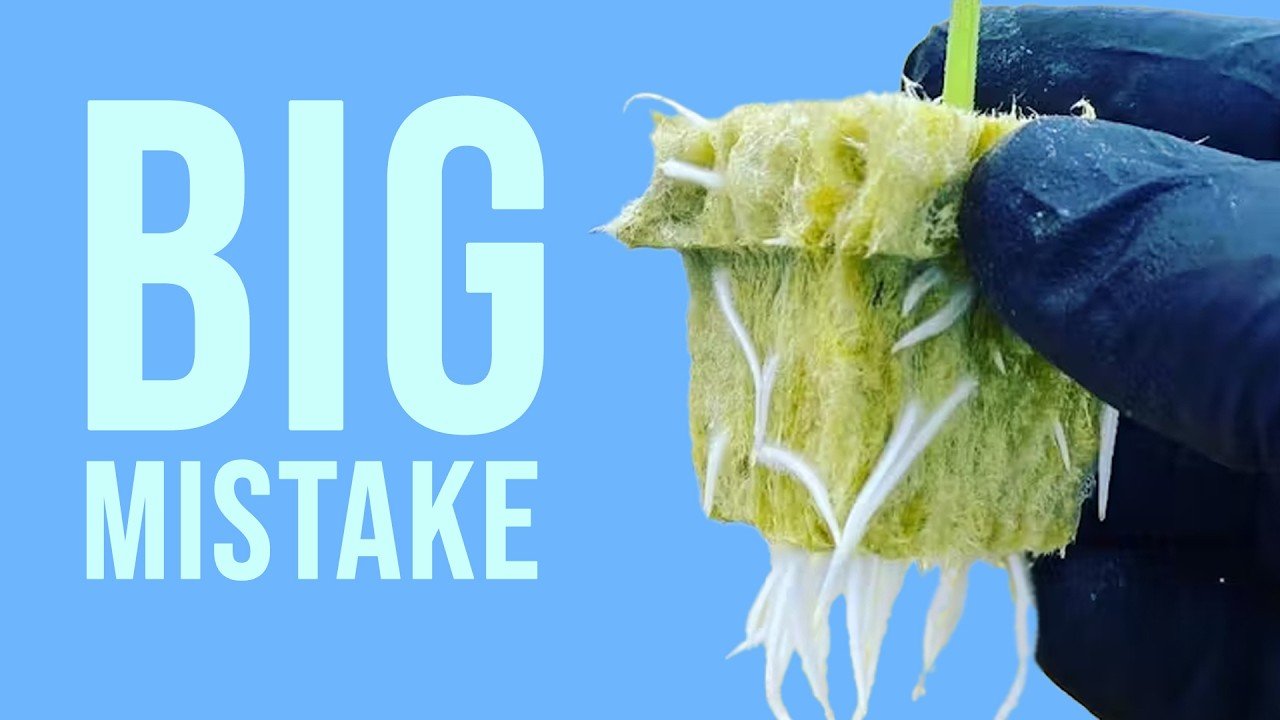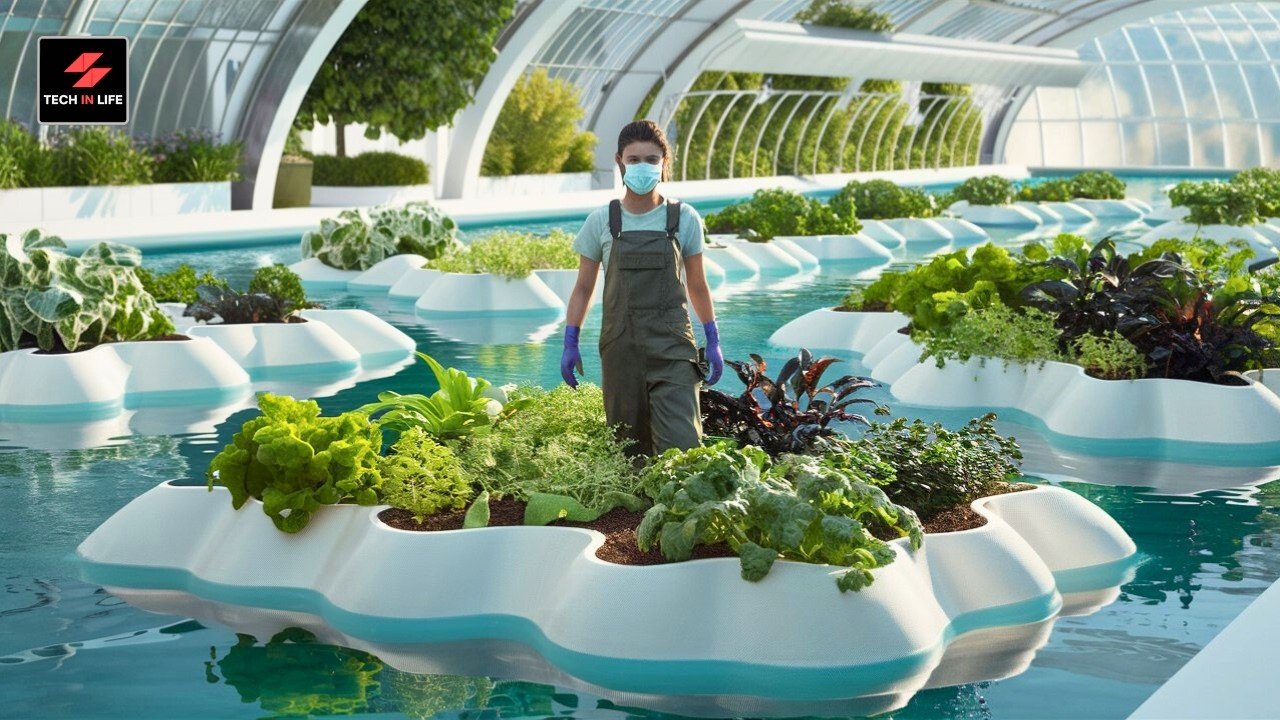Learning to Love Hydroponics (and the Fish Who Almost Died)
So there I was, sitting at my kitchen table with a mug of coffee, the sun peeking through the blinds, and a pile of notes on aquaponics sprawled out like a messy love letter. It was one of those rare moments where everything felt just right—until I remembered the chaos that went down in my backyard last summer. I can laugh about it now, but believe me, it was less “green thumbs” and more “green chaos.”
Picture this: a fairly modest house on a quiet street in my small town, surrounded by the usual stuff—picket fences, the occasional dog barking across the road, and the sound of a lawnmower two houses down. It all felt like the perfect setting to dive into something new. Aquaponics piqued my interest, a marriage of hydroponics and aquaculture, and I thought, “How hard could it be?” Turns out, quite hard.
The Setup Struggle
I had grand plans for my backyard. I envisioned a lush garden with tomatoes and basil, swimming alongside a cozy little fish pond with those fancy tilapia. YouTube videos made it look easy; it’s just a matter of connecting a few pipes and pumps, right? I ventured to the local hardware store armed with a budget and an enthusiastic heart.
After grabbing a plastic storage tank, some PVC pipes, and a small water pump, I felt like I was gearing up for an adventure. I even found an old wooden pallet in the shed, perfect for creating a rustic growing table. But let me tell you, the joy was short-lived.
The first day of assembly, I thought I was nailing it. My neighbor Greg, who has an unhealthy obsession with fixing cars, even wandered over to check it out. He chuckled at my setup; I didn’t realize my pallet was more wobble than stable.
“You sure about this?” he asked, rubbing his chin, probably imagining me with a horrible Pinterest fail. “You need to make sure it’s level.” The skepticism in his voice was hard to ignore.
Fishy Decisions
With the growing table finally assembled, I couldn’t wait to introduce my future aquaponics inhabitants. After researching, I settled on tilapia because they’re hardy, which I hoped would be a good match for my novice skills. A quick trip to the local fish store had me cradling a bag of tiny, hopeful lives, swimming with such grace. “This is it,” I thought, “I’ll be a gardener and a fish whisperer!”
But upon bringing them home, I realized my mistakes were only beginning. The water smelled… well, let’s say less than inviting, and I hadn’t even hooked up the pump yet. A lesson learned: establishing a balanced ecosystem takes effort.
For the first few days, I was on cloud nine, checking the water temperature and watching those little guys swim around. But I noticed something gnawing at the back of my mind—was the water aerated enough? I’d read all the blogs, but once reality hit, I was left scratching my head.
The Green Monster
Then came the dreaded green algae. I thought I’d nailed it after figuring out the pump setup, but soon enough, the water started turning an unsettling shade of green. The glorious vision I had of tomatoes and basil flourishing in a system of harmony turned into a murky mess. And my fish? They were not thrilled either.
Desperate and slightly panicked, I tried all sorts of fixes. I rigged a homemade UV filter with an old lamp and some fish-safe materials—don’t ask me if that was a good idea! I even attempted to clean out the algae manually. Let’s just say that a pair of old gardening gloves and a bucket don’t cut it when you’ve got an entire ecosystem on your hands.
After a few really tense days filled with fish flopping and one unfortunate tilapia funeral, I started to question my life choices. I’ll never forget crying every time I saw one of my little fish floating lazily on top, as if mocking all my efforts.
Piecing It Together
I almost gave up, truly. But something deep down—a mix of stubbornness and curiosity—made me dig in my heels. I turned to online communities, where folks shared pictures of thriving systems, those botanical triumphs that made my rudimentary setup look like child’s play. Slowly, those defeated feelings turned into motivation to dive deeper (pun intended).
I learned more about water quality, nutrients, and the delicate balance required. I swapped out the tilapia for goldfish (which were easier and, let’s face it, adorable) and began working on a nutrient solution that wouldn’t make my water look like swamp juice. I embraced the kind of science experiments I hadn’t done since middle school, and it was surprisingly fun.
Final Thoughts
The summer wore on, and while my garden grew with a few bumps (seriously, who knew basil could be so fussy?), I felt more connected to this experience than I ever anticipated. One day, sipping my coffee and watching the (now clean) water shimmering under the sun, I realized how much I had learned—not just about plants and fish, but about patience, trial, and error.
As messy as it was, that backyard adventure showed me that home gardening does not require perfection. You’ll have your share of setbacks—dead fish, an overgrown garden, and possibly some bruised egos—but if you dive in and keep going, you might be surprised at what you achieve.
So, if you’re out there pondering the same thing I did, and wondering if you should just take the plunge, let me tell you: Don’t worry about getting it perfect. Just start. You’ll figure it out as you go.
And who knows, maybe a few of those fish will turn out just fine in the end!
If you’re curious about starting your own journey into this whimsical world, join the next session here. Let’s see what weird things we can build together!







Leave a Reply